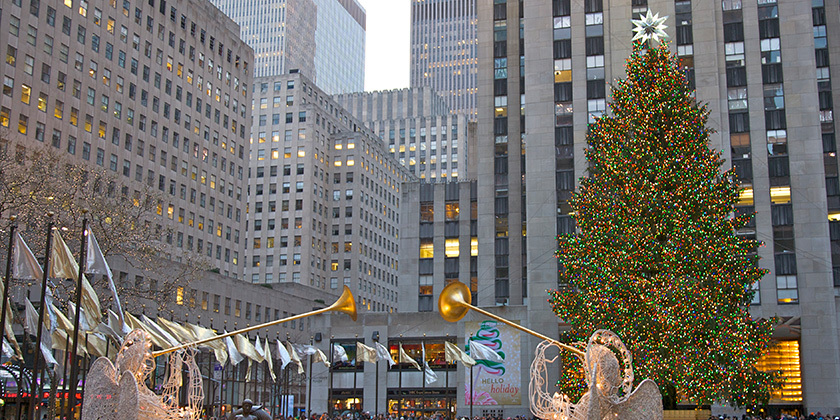The celebrated Rockefeller Center Christmas Tree arrived in New York recently, ready to take its place as the epicenter of the 2020 holidays. This perennial centerpiece of millions of photos and family memories is a sparkly, over-the-top reminder that while many aspects of our lives are different this year, certain institutions and traditions will not be disrupted. But, where many look at the arrival of the tree and reflect on the pandemic’s impact on beloved holiday traditions, the last-mile delivery industry has a different view.
Last-mile professionals—networks of dispatchers and drivers that get goods and parcels from warehouses and distribution centers to retailers, businesses, and residential doorsteps—make it possible for so many people to stay safely home and receive the goods they need. But, even before the pandemic and the 2020 holiday season, the industry was already struggling to meet its efficiency and customer service goals while using legacy technologies.
Then, virtually overnight, COVID-19 accelerated customers’ willingness to shop online, adding volume to already stressed systems—e-commerce surpassed expectations and grew by over 30% this year. So instead of a measured, steady progression that last-mile teams could gradually absorb, the long-promised changes in customer behavior arrived at lightspeed. This condensed adaptation offered last-mile operations precious little time to match customer behavior or implement more modern, dynamic infrastructure.
Customer behavior has been massively influenced by the pandemic, reducing overall spending and changing purchasing plans. The Deloitte State of the Consumer survey offers a fascinating window into current consumer attitudes and concerns, including shopping intent, with grim implications for the retail sector, which has already seen several notable brands declare bankruptcy. For this year’s holiday shopping, many are expected to forgo Black Friday and crowded malls for the safety and efficiency of their nearest screen. They’ll rely on complex-yet-invisible processes to get purchases from their digital shopping basket to their doorsteps. And retailers are bracing for an expected surge to already high online sales. But exactly how do items get to the customer?
Once an order is complete, items are picked and packed at the local retailer or retailer’s warehouse. From there, packages are sent to a regional distribution center where they’re sorted, routed, and delivered by a driver. That last leg of the relay from the distribution center to the customer’s doorstep—the “last mile”—is an incredibly challenging and fast-moving industry. The logistics industry estimates the last-mile can account for up to 40% of total transportation cost. It’s where things can come together beautifully to deliver on a brand’s promise, or fall apart spectacularly, tarnishing reputations and customers’ goodwill.
So why is last-mile delivery so complicated? Mathematically, it’s one of the most complex problems to solve—how to efficiently route many vehicles with multiple stops and numerous other variables and constraints. In academic circles, it’s known as the Traveling Salesman Problem or TSP. It has applications ranging from logistics to DNA sequencing to chip design. In the real world, it’s a mix of mathematical and human factors.




